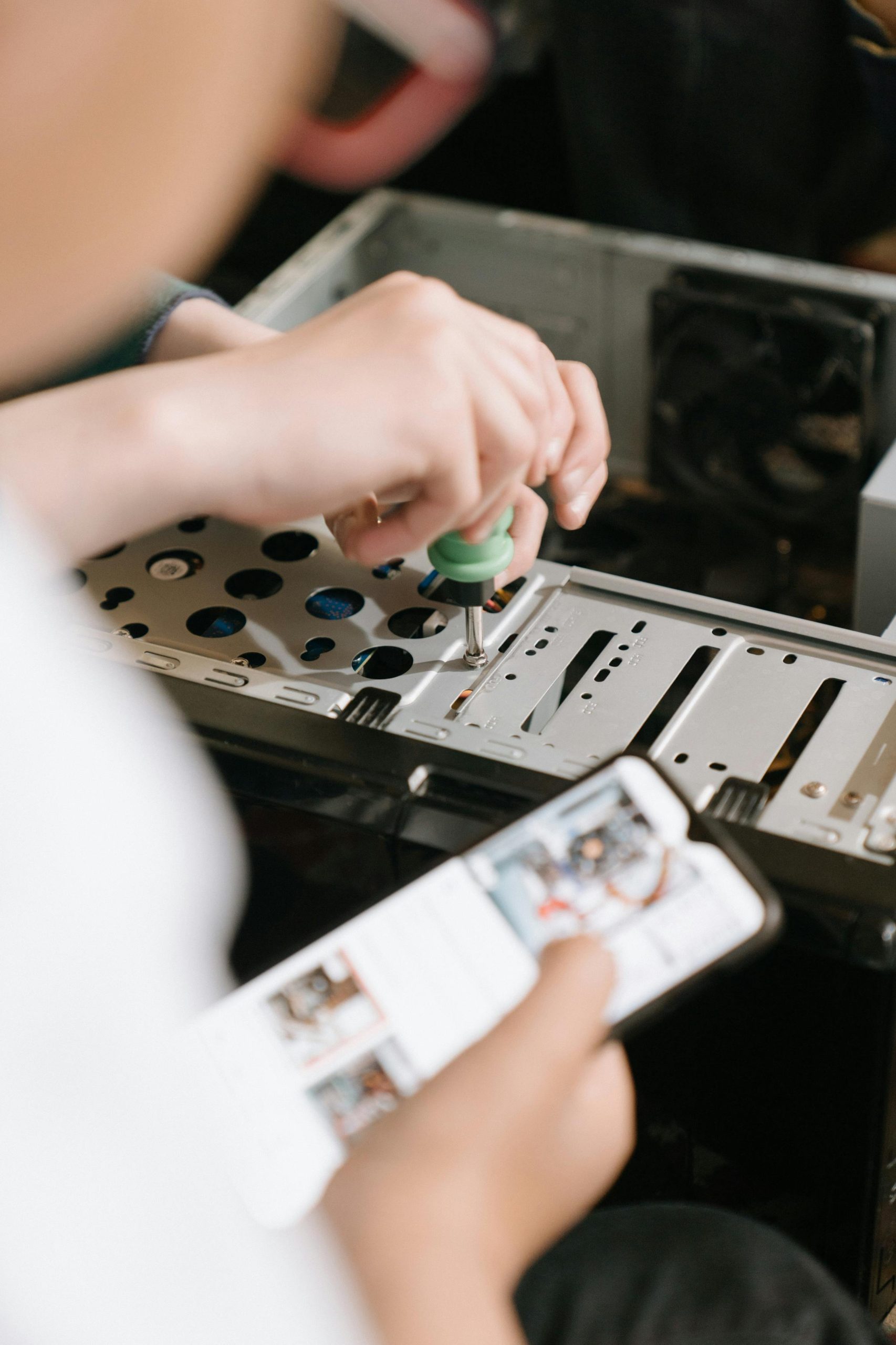Troubleshooting Your Computer: Issues After a RAM Upgrade
Upgrading your computer’s memory can be a great way to enhance performance, but it can also lead to unexpected challenges. Recently, I encountered a frustrating issue after upgrading the RAM in my Dell XPS 8900 to DDR4 UDIMM. Here’s a breakdown of what happened and the troubleshooting steps I’ve taken to resolve the problem.
The Transition to New RAM
After purchasing my new DDR4 UDIMM RAM, I was excited about the potential performance boost it would provide. Prior to the upgrade, I made sure to check the specifications of my existing RAM to ensure compatibility. With everything looking good, I proceeded to install the new RAM.
Upon powering up my computer, I noticed the power button was blinking orange—a sign that something might not be right. This led me to suspect that I could either have a faulty RAM module, an issue with the motherboard’s RAM slot, or simply that the new RAM wasn’t seated correctly.
Reverting to the Old RAM
In an effort to troubleshoot the issue, I decided to switch back to the original RAM. However, upon restarting the computer, it turned on for approximately 10 seconds before shutting down again. This abrupt power loss was concerning, and despite my efforts to reseat the old RAM, the problem persisted.
Seeking Solutions
With my computer still unresponsive, I’m reaching out to see if anyone else has experienced similar issues or has insights to share. I’ve gone through the basic steps, but I’m eager to find a more definitive solution.
If you’ve encountered similar challenges or have expertise in resolving such issues, your input would be greatly appreciated. Together, we can explore potential fixes and perhaps help others who might be facing the same frustrations after a RAM upgrade.
Share this content:




Understanding and Troubleshooting Your Post-RAM Upgrade Issue
It sounds like your system is experiencing power stability issues after installing the new RAM, which can sometimes be caused by compatibility, seating, or BIOS configurations. Here are some steps you can follow to diagnose and resolve the problem: